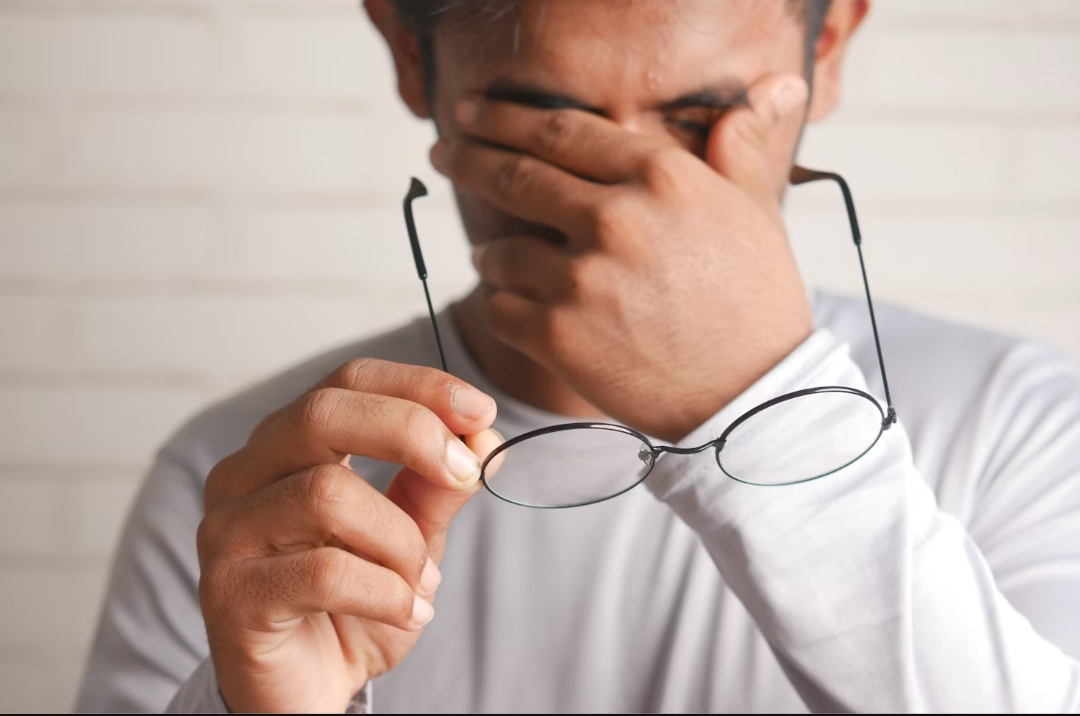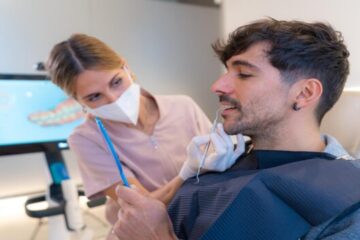The terrain of autoimmune illnesses is complex and, in some circumstances, life-changing. Take thyroid eye disease (TED), for instance. It has emerged as a significant concern for endocrinologists and ophthalmologists alike.
This condition, characterized by orbital inflammation and tissue remodeling, poses unique challenges in diagnosis and management. Recent advancements in targeted therapies have brought hope to many patients. However, they have also sparked debates about efficacy, safety, and accessibility.
As the medical community grapples with these issues, a comprehensive understanding of treatment options becomes paramount. This exploration aims to highlight safer alternatives to Tepezza, the first FDA-approved targeted therapy for TED.
The Tepezza Controversy
TorHoerman Law states that Tepezza was initially hailed as a revolutionary therapy and gained FDA approval in 2020 for moderate-to-severe TED. However, post-market reports of hearing loss and tinnitus in some patients have raised serious concerns.
These adverse effects, potentially permanent, have led to numerous lawsuits against the manufacturer, Horizon Therapeutics. The crux of any Tepezza lawsuit is that the manufacturer downplayed the risks associated with the drug. Its marketing as a ‘safe’ drug was aimed at increased profits at the behest of innocent consumers.
This situation underscores the complex balance between innovative treatments and patient safety. It highlights the critical need for robust post-market surveillance. The search for safer, effective alternatives has intensified, driving research into diverse treatment modalities for TED.
Drugwatch states that the controversy has prompted increased scrutiny from healthcare providers and regulatory bodies. July 2023 saw updated warning labels and calls for more comprehensive long-term safety studies.
Emerging Biological Therapies
The landscape of biological therapies for TED is rapidly evolving, with several promising candidates under investigation. Rituximab, a monoclonal antibody targeting CD20+ B cells, has been efficient in reducing orbital inflammation and improving clinical outcomes.
Nature notes that its mechanism of action differs from Tepezza’s IGF-1R blockade, offering an alternative for non-responders.
Abatacept, a monoclonal antibody that inhibits T-cell activation, is being investigated as a potential treatment for Thyroid Eye Disease (TED). This biologic agent targets co-stimulatory molecules expressed on antigen-presenting cells.
By inhibiting these molecules, abatacept obstructs T-cell activation, which is integral to the inflammatory process linked to TED. While promising results have been observed, it’s important to note that abatacept is not a cure for TED.
It may help manage symptoms and slow disease progression, but individual responses can vary. It’s crucial to discuss the potential benefits and risks of abatacept with your healthcare provider to determine if it’s the right treatment for you.
Non-Pharmacological Approaches
Non-pharmacological approaches play a crucial role in managing Thyroid Eye Disease (TED). They offer patients ways to alleviate symptoms and potentially slow disease progression without medication.
Selenium supplementation has shown promise in mild cases. Studies indicate its antioxidant properties may reduce orbital inflammation. The recommended dose is typically 200 μg daily for over six months.
Lifestyle modifications can significantly impact TED management, according to Verywell Health. Quitting smoking is essential, as tobacco consumption aggravates symptoms and diminishes therapeutic effectiveness. Proper sleep hygiene, including elevated head positioning, can help reduce periorbital edema.
Dietary interventions that emphasize anti-inflammatory foods high in omega-3 fatty acids and antioxidants can be transformative. Some patients report benefits from reducing salt intake to minimize fluid retention.
Stress management techniques such as mindfulness meditation and yoga may help modulate the autoimmune response. These practices lower cortisol levels, potentially reducing inflammation.
Lastly, specialized ocular exercises and cold compresses can provide symptomatic relief. While these approaches may not replace medical treatments, they offer valuable complementary support in the comprehensive management of TED.
Combination Therapies
Combination therapies in TED treatment leverage the synergistic effects of multiple interventions to enhance outcomes. This approach often yields better results than monotherapy, particularly in moderate to severe cases.
A common combination involves using intravenous corticosteroids with orbital radiotherapy. According to ScienceDirect, this pairing has shown improved efficacy in reducing proptosis and diplopia compared to steroids alone. This effect has also been published by the American Academy of Ophthalmology.
For patients with persistent symptoms, combining surgical interventions with medical therapies can be beneficial. For instance, orbital decompression followed by steroid treatment may provide more substantial and lasting improvements in severe cases.
The selection of combination therapies is highly individualized, based on disease severity, patient comorbidities, and treatment response. Regular monitoring and adjustment of treatment protocols are essential to optimize outcomes and minimize side effects.
FAQs
Q1: Can I use Tepezza safely if I have hearing loss or tinnitus?
While it’s possible to use Tepezza safely in some individuals with pre-existing hearing conditions, it’s crucial to discuss this with your healthcare provider. They can assess your risk factors and determine if Tepezza is the right treatment option for you.
Q2: Are there any natural or alternative therapies that can help manage TED symptoms?
While some non-pharmacological approaches may provide relief for TED symptoms, it’s important to consult with your healthcare provider before trying any new treatments. They can advise you on the best options based on your individual needs and medical history.
Q3: How long does it typically take to see results from TED treatments?
The time it takes to see results from TED treatments can vary depending on the severity of your condition and the specific treatment plan. Some patients may experience improvement in symptoms within a few weeks, while others may take longer. It’s important to be patient and work closely with your healthcare provider to monitor your progress.
Thyroid Eye Disease (TED) is a complex condition that can impact a patient’s quality of life. Tepezza has been approved as a targeted therapy for TED. However, it’s important to be aware of the potential risks and explore alternative treatment options.
By understanding the various approaches available, you can work with your healthcare providers to develop a personalized treatment plan. The idea is that whatever you choose should address your unique needs and minimize side effects.




